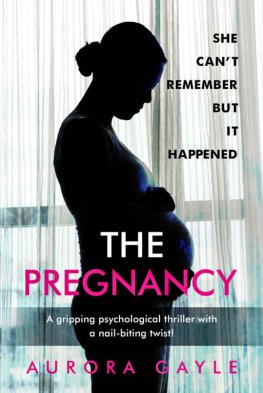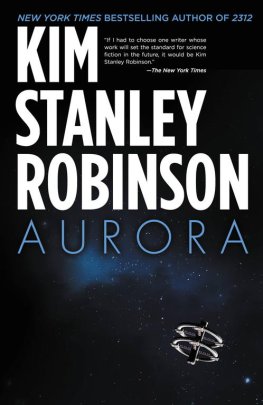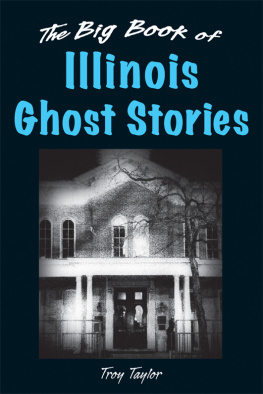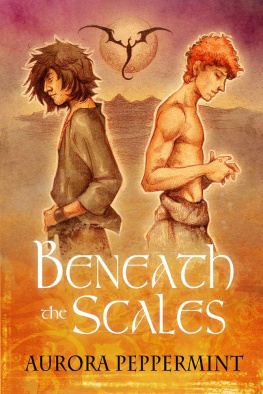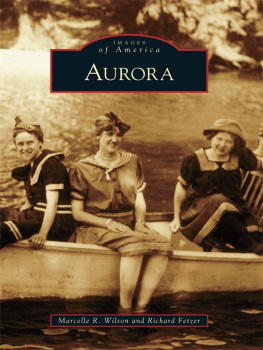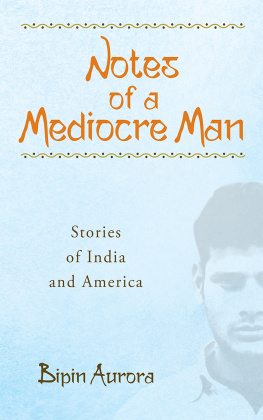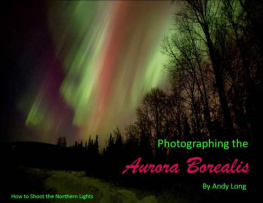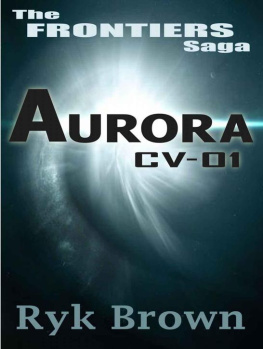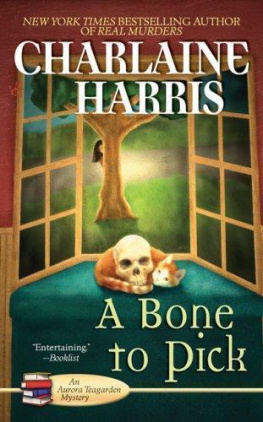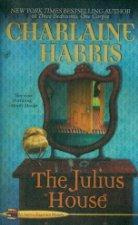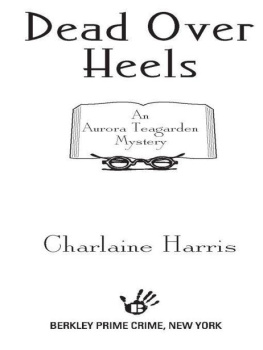

Published by Haunted America
A Division of The History Press
Charleston, SC 29403
www.historypress.net
Copyright 2010 by Diane A. Ladley
All rights reserved
Cover image: Built in 1931, the former St. Charles Hospital is currently a nursing home and sanatorium; it is considered by many to be one of the top five most haunted places in the city. Courtesy Aurora Historical Society.
First published 2010
e-book edition 2012
ISBN 978.1.61423.412.8
Ladley, Diane A.
Haunted Aurora / Diane A. Ladley.
p. cm.
Includes bibliographical references.
print edition ISBN 978-1-59629-805-7
1. Haunted places--Illinois--Aurora. I. Title.
BF1472.U6L335 2010
133.1097732--dc22
2010034443
Notice: The information in this book is true and complete to the best of our knowledge. It is offered without guarantee on the part of the author or The History Press. The author and The History Press disclaim all liability in connection with the use of this book.
All rights reserved. No part of this book may be reproduced or transmitted in any form whatsoever without prior written permission from the publisher except in the case of brief quotations embodied in critical articles and reviews.
This book is dedicated to the residents of Aurora, Illinois, past, present and futureto my beloved Dante and Bansheeand to the cherished memory of my parents, Walter and Norma Ladley.
CONTENTS
ACKNOWLEDGEMENTS
The problem with thanking the Aurora residents past and present who told me of their true encounters with the paranormal is obvious: they dont want anybody to think theyre nuts, exaggerators or shameless fibbers. To all of these sane, down-to-earth, honest people who shared their stories, I offer my heartfelt, yet discreet, gratitude. You know who you are, and you know that what you experienced was real.
Still others furnished unstinting assistance in the more mundane, yet equally valuable, historic research. My deep thanks and highest praise go to John Jaros and his research staff at the Aurora Historical Society. I also tip my hat to Matt Hanley of the Beacon News; Charles, the reference librarian at the Aurora Public Library; and my friend Bryan J. Ogg, research associate at Naper Settlement. My heartfelt gratitude goes to Scott Ascher and the outstanding staff at Americas Historic Roundhouse, especially Chela, Alfonso and LeroyI love you guys. Thanks also go to Les Buboltz; the entire Dabney family; Aimee Kennedy and Maddie; the staff and tech crew at the Paramount; and the staff at Spring Lake Cemetery. Special thanks go to Troy Taylor, Len Adams, Bruce Cline, Dan Jungles and Jason Sullivan for sharing their knowledge and experiences of the paranormal with me. If theres anybody Ive forgotten (and I know I have), please forgive me.
There are a few people whose special kindness, enthusiastic support and friendship have made this book and my sanity possible. To them, words cannot express the depth of my gratitude, except to say, Thank you, thank you, thank you, thank you! These extraordinary people include my editors of infinite patience, Ben Gibson and Jonathan Simcosky, at The History Press; the excellently ominous and fellow haunted historian and storyteller Curt Morley (aka Morgue the Mechanic); and the most wonderful, funniest and best neighbors in history, Lisa and Mike Condinhoto you I especially extend my most profound thanks for everything! In the City of Lights, you two shine brightest of all.
INTRODUCTION
AURORA, THE CITY OF LIGHTSAND DARK
The brighter the light, the darker the shadow it casts. Nowhere is this ancient proverb more true than in Aurora, Illinois, with its official title as the City of Lights. The name Aurora itself contains hints of the good and evil dichotomy that seems to coexist in this city on the Fox River, currently the second most populous city in Illinois after Chicago. Legend has it that it was the sight of the shimmering, ever-changing radiance of the Aurora Borealis (the Northern Lights) in the sky above them that inspired founding brothers Joseph and Samuel McCarty to unite the original 1834 twin settlements on the western and eastern sides of the river under the single name Aurora in 1857. Of course, they knew that Aurora was the name of the beautiful, kindly goddess of the dawn in Roman mythology, so it was a poetically lovely name for their beloved town. This legend, while romantic, is untrue. In 1836, Samuel McCarty built a road running from Naperville to the McCartys Mills settlement on the east side of the Fox River. He convinced the mail coach to drive out his way, which meant that the settlers had to petition for a U.S. Post Office and decide on a name for it. Their first choice of name was Waubonsie, after the great Potawatomie war chief.
Waubonsie had ruled up to five hundred Potawatomi in a semipermanent summer base camp called Maramech, situated from year to year at various places along the Fox River from Plano to Batavia. He had deeply impressed the early pioneers, who made reference to his towering six-foot-four stature, strength, leadership and friendliness to the white man. Unfortunately, it was in this same year, 1836, that the U.S. government moved Waubonsie and his people to a reservation outside of Council Bluffs, Iowa. The pioneers could think of no better way to honor their great friend than by naming their post office after him (though I imagine that Waubonsie would have felt that a greater honor would have been to let his people stay on their ancestral hunting grounds). But it turned out that there was already a Waubonsie Post Office in Illinois. So, in 1837, after much debate, the settlers simply chose to name their post office after the town in New York State from which many of them had originatedEast Aurora. In a nod to their exiled Native American friend, they also acknowledged that it was a transliteration of Waubonsies name, Dawn of Day. In 1839, Joseph McCarty, the original founder, had moved to Alabama in hopes of restoring his poor health but died in the spring of 1840 from consumption of the lungs (lung cancer). By 1854, West Aurora had risen on the other side of the river, and three years later, the two towns eventually joined as the city of Aurora in 1857.

A map of Aurora, 1887. Courtesy Aurora Historical Society.
The famous (or infamous) Potawatomie war leader, Chief Waubonsie. Courtesy Aurora Historical Society.
Barely two decades later, prejudice against the Native Americans turned the memory of Chief Waubonsies revered reputation into that of a murderous psychopathand Auroras light cast its first dark shadow. According to these later sensationalistic sources, Waubonsie had boasted that the origin of his name, Dawn of Day, came about because when I kill a man he turns pale; like the first light of day. In his 1877 book History of Kendall County, Reverend Hicks, one of the more lurid historians of the Fox Valley area, described Waubonsie as


